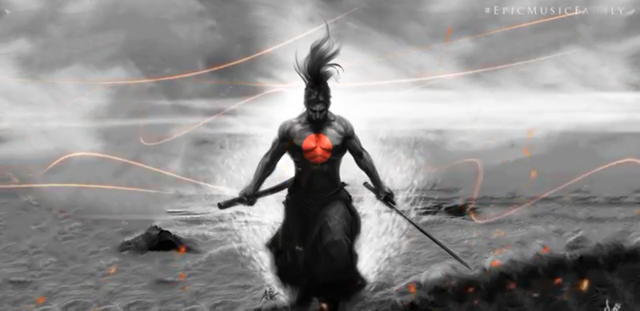Pain and the Taoism/Energy Theory
The word "Tao" has several meanings, including way, path or discourse. It is the way of nature, and to live according to the Tao the individual must adapt oneself to the order of nature. Every individual is linked to the other via a chain consisting of concepts which strive for a harmonious balance. The two polar complements in Taoism are Yin and Yang-these dwell within the individual, and between the individual and the environment.
For many Chinese, the world is divided into two contrary components. Yin can mean female, cold, rest, passivity, dark, inwardness, satiation, tranquility, to name but a few. Yang can mean sun, male, heat, stimulation, movement, activity, excitement, vigor, outwardness, again to name but a few.
Yin in the end is completion and realized fruition. Yang is arousal and dynamic potential.
The five principals for Yin and Yang harmony are the following:
- All things in nature have two facets: a Yin aspect and a Yang aspect.
- Any Yin or Yang aspect can itself be divided into Yin and Yang.
- Yin and Yang create each other.
- Yin and Yang control each other.
- Yin and Yang change each other.
The idea of Chi is another fundamental of Chinese culture and medical teaching, as important as Yin and Yang. The harmonious balance of the body with its environment is the balance of Chi-the energy field.
Chi is the thread which connects all beings, a denominator common to human-and mineral. It is derived from the following:
- Original Chi is transmitted to an individual by the parents at the time of conception.
- Grain Chi is derived from digesting food.
- Natural Air Chi is derived from the air we all breathe.
Chi causes all movement and follows all movements. Chi protects the body, ensures stability and warms the body. Chi is the source of life and forms the basis for the diagnosis and treatment of illness, for the promotion of health, and the prevention of illness. Illness occurs if there is Chi disharmony. And the four disharmonies of Chi are the following:
- Deficient Chi.
- Collapsed Chi.
- Stagnant Chi. This is abnormal Chi movement, whereby Chi does not flow through the body in a smooth and orderly manner. It is stagnant Chi in the limbs, for example, which may be the cause of pain.
- Rebellious Chi.
Deficient Chi and collapsed Chi are Yin conditions. Stagnant Chi and rebellious Chi are Yang conditions.
Pain is regarded as stagnant Chi in the limbs and other body parts. Pain is thought to occur if Chi circulation is blocked. Pain is also thought to be due to "congealed blood". If blood is not flowing smoothly or becomes obstructed, it can cause severe pain.
On a psychological level, if one is unable to feel safe, or is frankly paranoid, this too is associated with congealed blood.
Mr. Mapplethorpe's self portrait with bullwhip notwithstanding, it is necessary to remove the blockage in order to maintain harmony with the universe.
Interestingly, initial studies have shown that Chi training has helped manage chronic pain and mood disorders, improving relaxation and anxiety, and even strengthening the immune system. Much more needs to be done in the realm of research on the effectiveness of Chi training, but some role in the treatment of chronic pain certainly seems reasonable.

The original article can be found here.